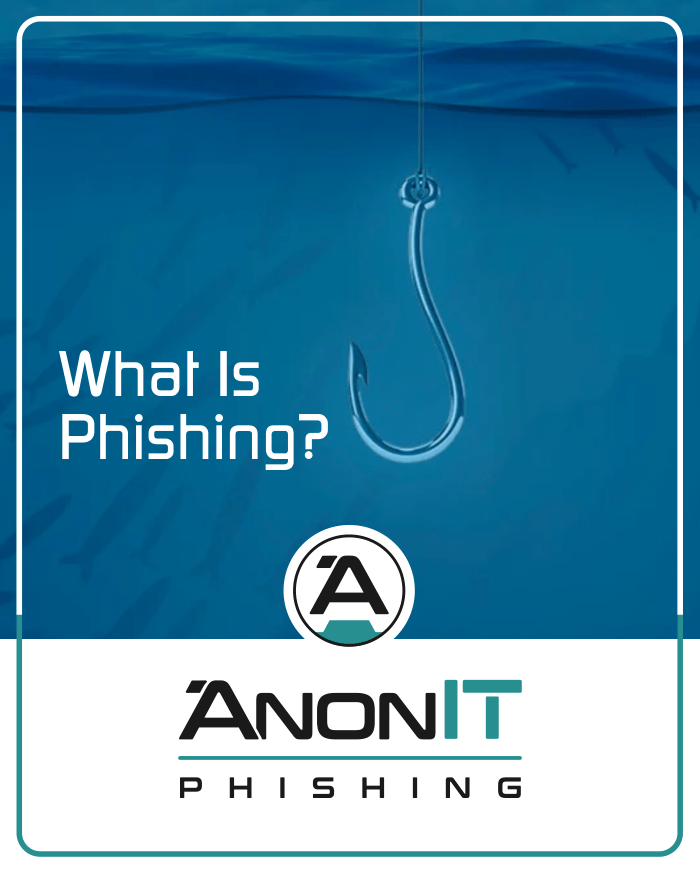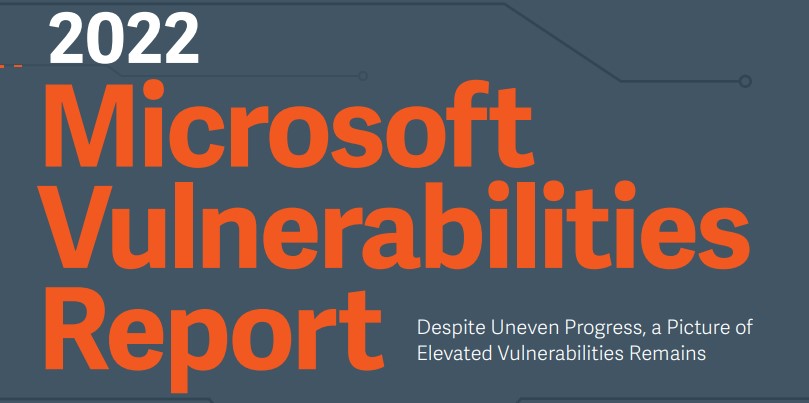What is Phishing?

Top Phishing Techniques
There are many different techniques used to obtain personal information from users. As technology advances, so do cybercriminals.
To prevent Internet phishing, users must know how cybercriminals do it.
To prevent Internet phishing, users should have knowledge of how cybercriminals do this and they should also be aware of anti-phishing techniques to protect themselves from becoming victims.
Spear Phishing
Think of spear phishing as professional phishing. While traditional phishing campaigns send mass emails to as many people as possible, spear phishing is more targeted. Hackers have specific individuals or organizations they want to compromise and want more valuable information than credit card details. They research their targets to make their attacks more personalized and increase their chances of success.
Session Hijacking
In session hijacking, phishers exploit web session control mechanisms to steal information from users. In a simple session hacking technique called session sniffing, a phisher uses a sniffer to intercept relevant information and gain unauthorized access to a web server.
Email/Spam
The most common phishing technique is to send the same email to millions of users requesting personal information. These details are used by phishers for illegal activities. Most messages contain urgent notices asking users to update their account information, change their details, or enter their credentials to verify their account. You may be asked to complete a form to access the new service via a link within the email.
Content Injection
Content injection is a technique in which a phisher modifies part of the content of a page on a trusted website. This is done to trick the user into going to a page other than the legitimate her website and prompting the user to enter personal information.
Web Based Delivery
Web-based delivery is one of the most sophisticated phishing techniques. The hacker, also known as the “man-in-the-middle”, sits between his original website and the phishing scheme. Phisher tracks details during transactions between her legitimate website and users. If you continue to share information, phishers will collect it without your knowledge.
Phishing through Search Engines
Some phishing scams involve search engines redirecting users to product pages that may offer low-priced products and services. When a user tries to purchase a product by entering their credit card details, the phishing site collects them. There are many fake banking websites of his that offer credit cards and loans at low interest rates, but they are actually phishing websites.
Link Manipulation
Link spoofing is a technique by which phishers send links to fake websites. When the user clicks on the fraudulent link, it opens the phisher’s website instead of her website mentioned in the link. Hovering over a link to show the actual address prevents users from falling for linking.
Vishing (Voice Phishing)
In voice phishing, phishers call users and ask them to dial a number. The purpose is to obtain personal bank account information over the phone. Vishing is most often done using fake caller IDs.
Keyloggers
A keylogger refers to malware that is used to identify keyboard input. This information is sent to hackers who crack passwords and other types of information. To prevent keyloggers from accessing your private information, secure websites offer the option to type on a virtual keyboard using mouse clicks.
Smishing (SMS Phishing)
Phishing is carried out using Short Message Service (SMS), a phone-based text message service. For example, smishing text attempts to trick victims into providing personal information via links leading to phishing websites.
Trojan
A Trojan is a type of malware designed to mislead users with seemingly legitimate actions that actually allow unauthorized access to user accounts in order to gather credentials about the local computer. The information obtained is sent to cybercriminals.
Malware
Malware phishing scams require malware to be running on the user’s computer. Malware is usually attached to emails that phishers send to users. Clicking on the link will start the malware. Malware can also be attached to downloadable files.
Malvertising
Malvertising is malicious advertising that contains active scripts designed to download malware or force unwanted content onto your computer. Exploitation in Adobe PDF and Flash are the most common methods used for malvertising.
Ransomware
Ransomware denies access to your device or files until the ransom is paid. PC ransomware is malware that is installed on users’ workstations using social engineering attacks to trick users into clicking links, opening attachments, or clicking malvertising .
Website Forgery
Fake websites are created by hackers to look exactly like legitimate websites. The purpose of the fake website is to trick users into entering information that can be used for fraud or further attacks on victims.
Evil Twin Wi-Fi
Hackers use devices like pineapples. Pineapple is a tool used by hackers containing two radios to set up their own Wi-Fi network. They use generic names like AT&T Wi-Fi, which are pretty common in many public places. If you do not pay attention to a network controlled by hackers, information you enter during your session can be intercepted, including: B. Bank Details.
Social Engineering
Users can be tricked into clicking on questionable content for various technical and social reasons. For example, a malicious attachment may look like a work invoice at first glance. Hackers rely on victims not to think twice before infecting a network.




